Not much sign of a tunnel to Aya Sofya.
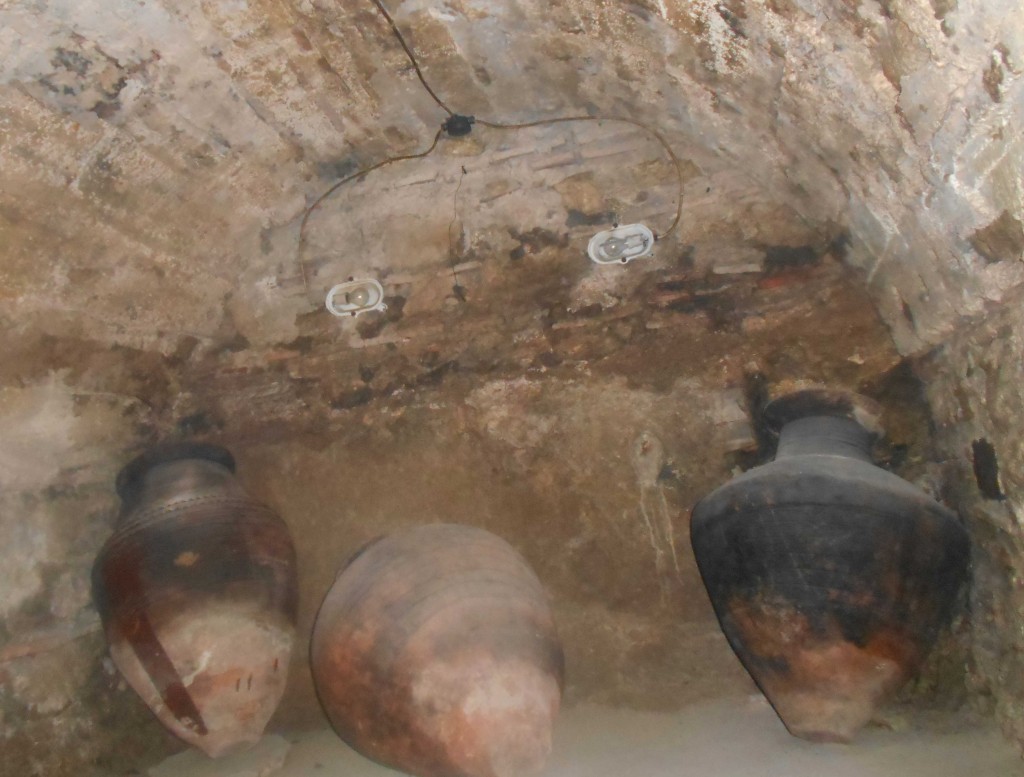

Posted August 20, 2014 Posted by Adam in Uncategorized
The priest is in the sanctuary, separated from the congregation by the iconostasis. The icons in the foreground are said to be from Byzantine times, the closest one (of the Theotokos) appears to date from the 11th century.
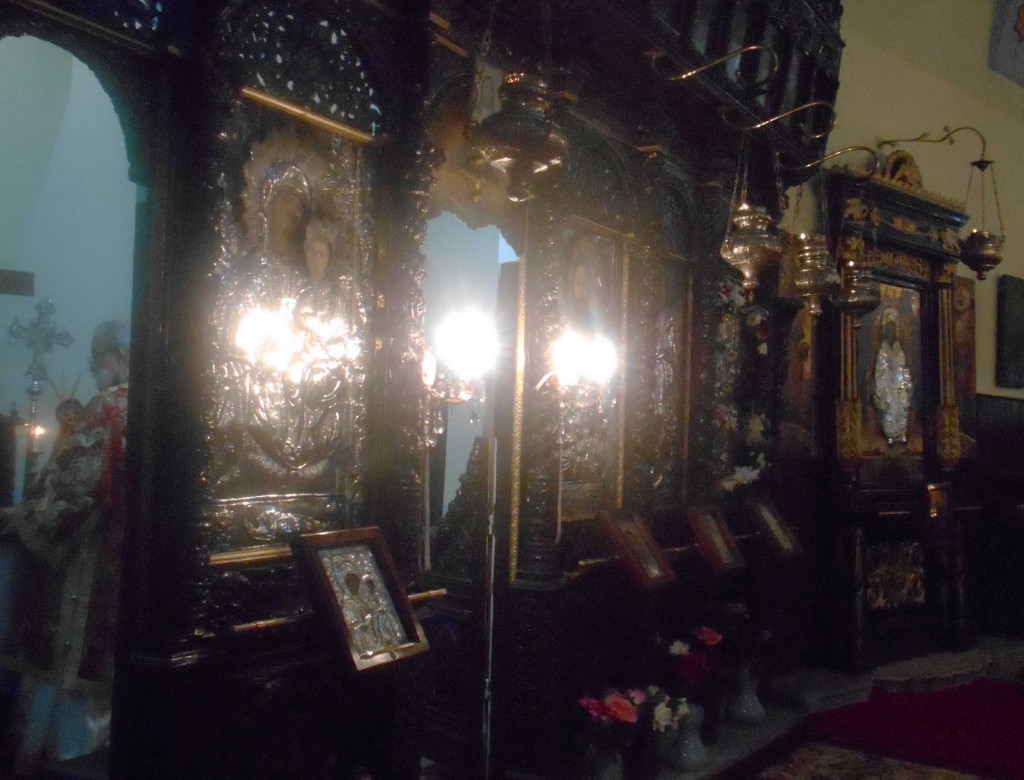

Posted August 20, 2014 Posted by Adam in Uncategorized
Greek architects seem to have been vital to the mosque-building activity that followed the 1453 conquest of Constantinople. Christodoulos, who was a member of the congregation at the Mouchliotissa, was the principal architect of the first Fatih Camii, built on the site of the Church of the Holy Apostles which was demolished to clear the way for the new mosque. Fatih Sultan Mehmet was so impressed that he granted Christodoulos’s request to keep the Mouchliotissa as a church. A copy of the Sultan’s fırman (decree) hangs on the western wall of the church. Christodoulos’s nephew may have been the architect of the Beyazit Camii, built at the beginning of the 16th century. The other fırman on the church wall is said to be the decree of Sultan Beyazit, renewing Mehmet II’s pledge to keep the church as a church.
This may all be nonsense. The architect of the first Fatih Camii is generally referred to as Atık Sinan. He is alleged to have had his hand cut off for failing to make the dome bigger than that of Aya Sofya. It is possible that Atık Sinan was an alias of Christodoulos at a time when it was advisable to blend in. The identity of the architect of Beyazit Camii is one of those questions that will probably never be resolved. Nonetheless, the fırmans seem to exist and it is difficult to account for the survival of the building as a church without some kind of official protection. The continuous use of the church as a church means that this is one of the few that we can be confident in identifying.
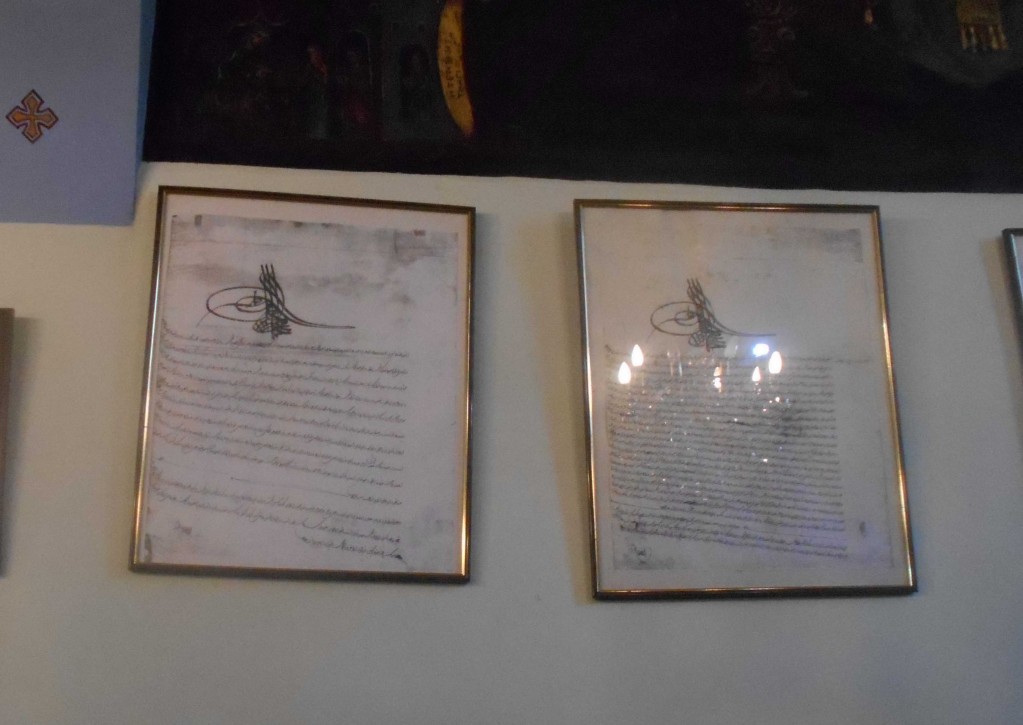
The fırmans of Sultans Mehmet II and Beyazit II.

Posted August 19, 2014 Posted by Adam in Uncategorized
The restored house of Dimitrie Cantemir who, in the late 17th century, managed to foil a plan by Grand Vizier Ali Köprülü to convert the Mouchliotissa into a mosque. The house is immediately downhill from the church. Dimitrie Cantemir was educated in the Phanar Greek Orthodox College whose current premises (built in the 19th century after Cantemir’s time) can be seen at the top left of the picture. Cantemir went on to rule Moldavia, lose a battle against the Ottomans in the Russo-Turkic War, and become one of the great intellectuals of 18th century Europe. His offspring later spread havoc through the royal court of Russia. Not a life readily to be emulated these days.
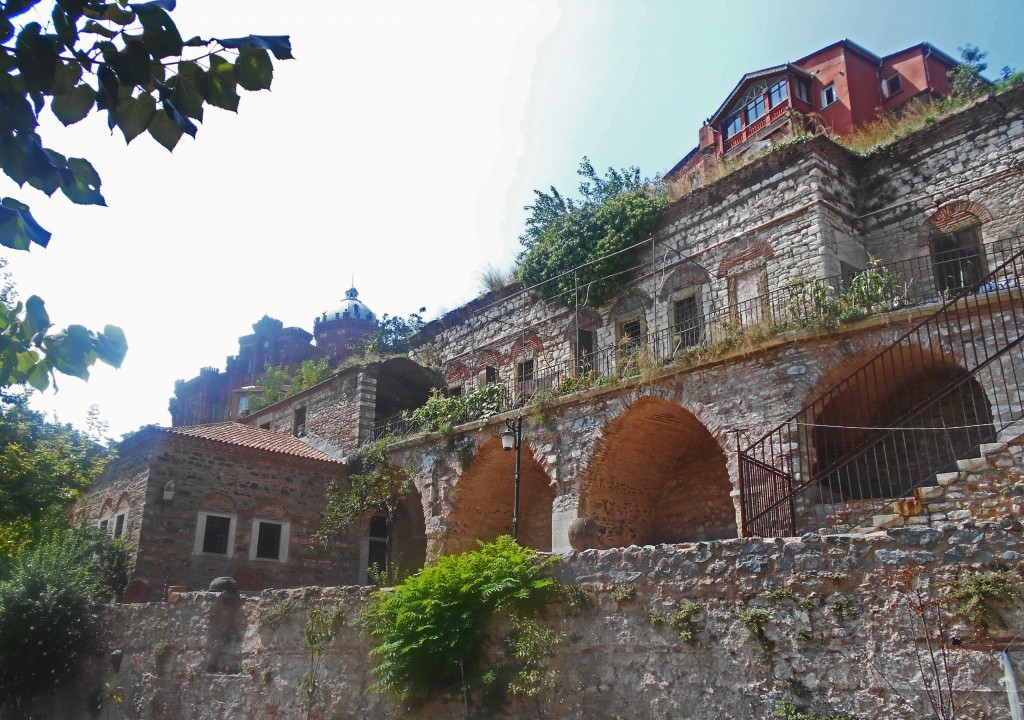

Posted August 19, 2014 Posted by Adam in Uncategorized
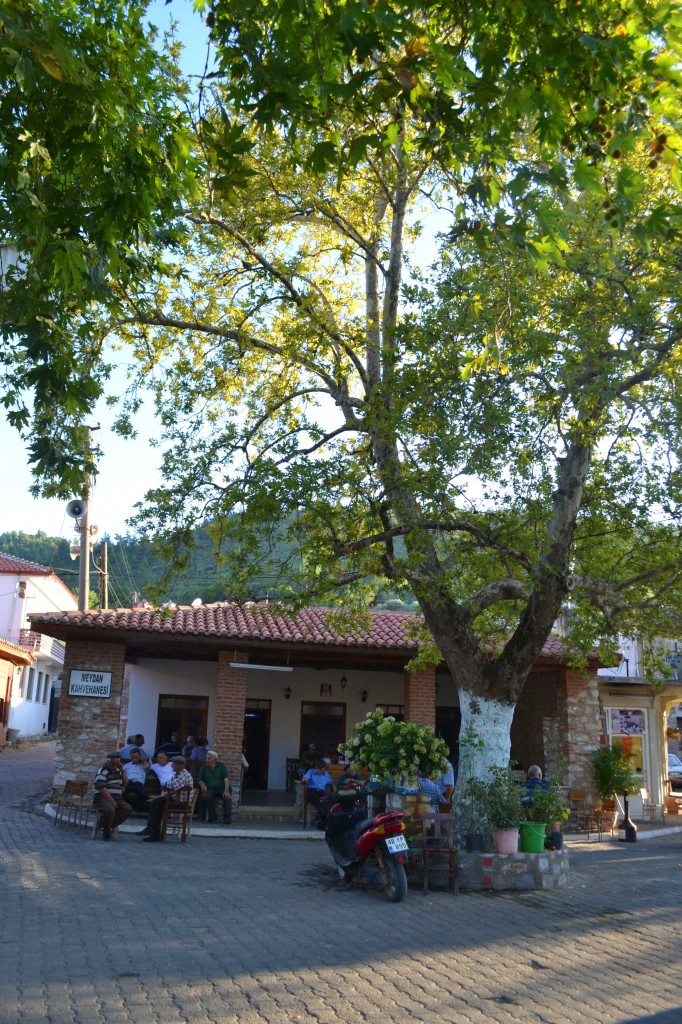

« Previous Entries Next Entries »
